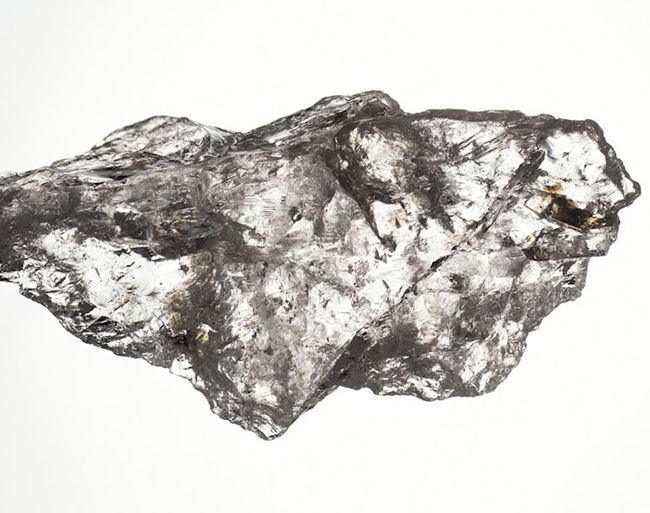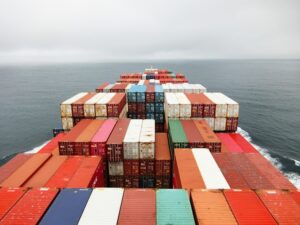China’s reduction in critical mineral exports, including new limits on antimony that take effect today, Sept. 15, are putting the squeeze on production of goods in the U.S. and elsewhere, and encouraging the U.S. to increase efforts at domestic production.
Like gallium and germanium, critical minerals that China restricted for export last year, antimony is used in semiconductors, defense applications, and sustainable energy technology, like car batteries and solar panels.
China’s latest export restrictions, announced Aug. 15 by the Chinese Ministry of Commerce, caused prices to spike in both antimony and gallium and left buyers scrambling for alternatives, NIKKEI Asia reports.
The U.S. has no domestic supply for antimony other than recycling, according to the U.S. International Trade Commission (USITC). As with many critical minerals required for alternative energy and other needs, China dominates global production, making their export restrictions particularly troubling for high-tech industries.
U.S. efforts to reduce reliance on China is driving a quest for alternative sources around the globe, including in Africa, where the U.S. is backing a $2.3 billion a rail project to connect mining regions inland with the Lobito, Angola port, F&E Trends reports.
The U.S. is also undertaking projects to improve domestic supply.
Antimony mine in Idaho and gallium smelting in Tennessee
The U.S. was not always dependent on exports in antimony and used to produce up to 90% of its demand domestically. Commercial and environmental concerns reduced mining activity in the U.S., with the last site, the Stibnite mine in Idaho, halting production in the mid-1990s, according to the USITC.
Perpetua Resources says it is working on a project to restart antimony mining at the Stibnite mine, including by addressing environmental concerns. This would be the first US antimony mine in decades. The mine has drawn significant federal backing, including nearly $60 million from the Pentagon and a potential loan of $1.8 billion from the US Export-Import Bank.
Currently, the only source of antimony in the U.S. is recycling of lead-acid batteries, which meets 18% of the country’s needs, with the rest sourced through importing from China (63%), Belgium (8%), India (6%), and Bolivia (4%), according to the US Geological Survey 2024. The new mine is expected to change that situation.
When it comes to gallium, China currently provides 98%, of global production.
Despite its abundance as a byproduct of aluminum and zinc, gallium production outside China has been dormant for years due to unfavorable economics. This could change soon.
Trafigura-backed Nyrstar has been exploring a facility that would produce gallium and germanium as byproducts in a zinc smelter in Tennessee. The project would need significant government support to get off the ground, according to Trafigura.
“We estimate that the facility would produce as much as 80% of annual US Germanium and Gallium demand, enhancing U.S. national security, supporting the green transition, and stimulating domestic supply of products currently imported from China,” Nyrstar says.














